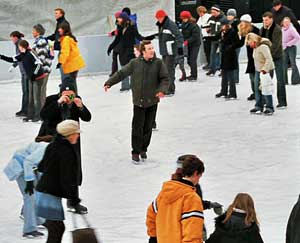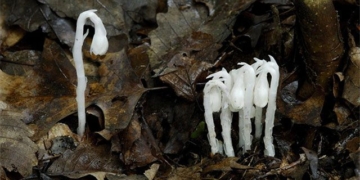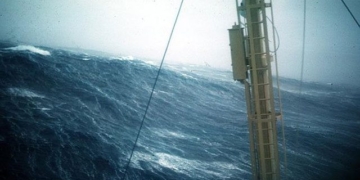 In winter, both humans and animals often exhale visible vapor when outdoors, especially after engaging in vigorous activities, making the exhaled vapor even more pronounced.
In winter, both humans and animals often exhale visible vapor when outdoors, especially after engaging in vigorous activities, making the exhaled vapor even more pronounced.
To explain this phenomenon, let’s conduct a small experiment: Continuously add salt to a glass of water and stir thoroughly. Initially, the added salt dissolves completely; however, once a substantial amount of salt has been added, no additional salt will dissolve, even with vigorous stirring. This phenomenon is known as “saturation.”
Air and water share this characteristic; the amount of water vapor that air can hold has a certain limit. However, the capacity of cold air to retain water vapor is significantly lower than that of warm air. Therefore, in the chilly winter months, the water vapor exhaled by humans and animals cannot be absorbed by the surrounding cold air. This exhaled vapor condenses into tiny water droplets upon encountering the cold, transforming into a white mist.



















































